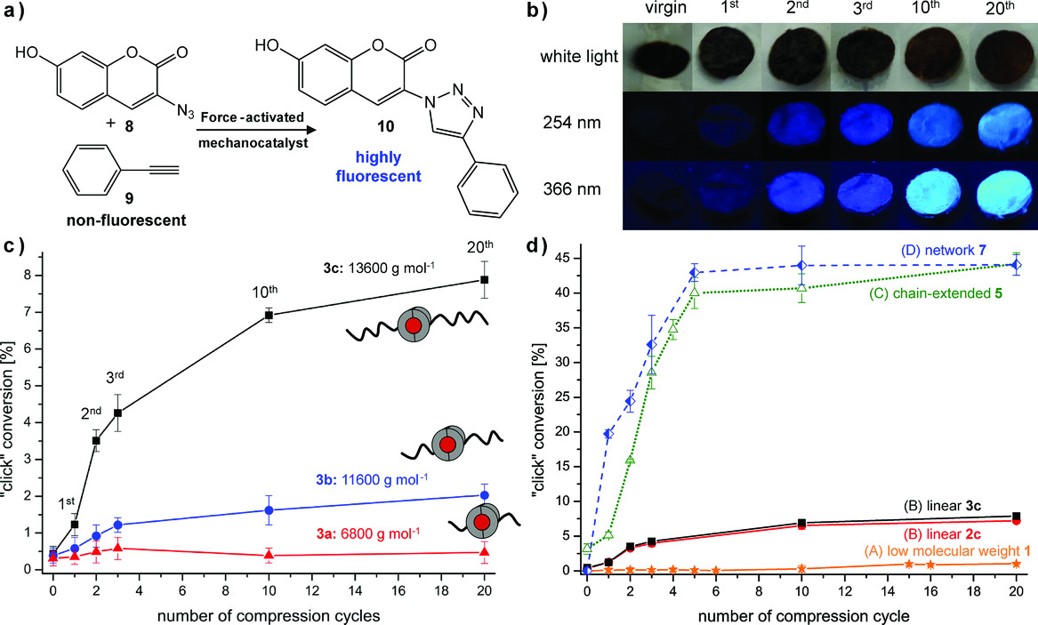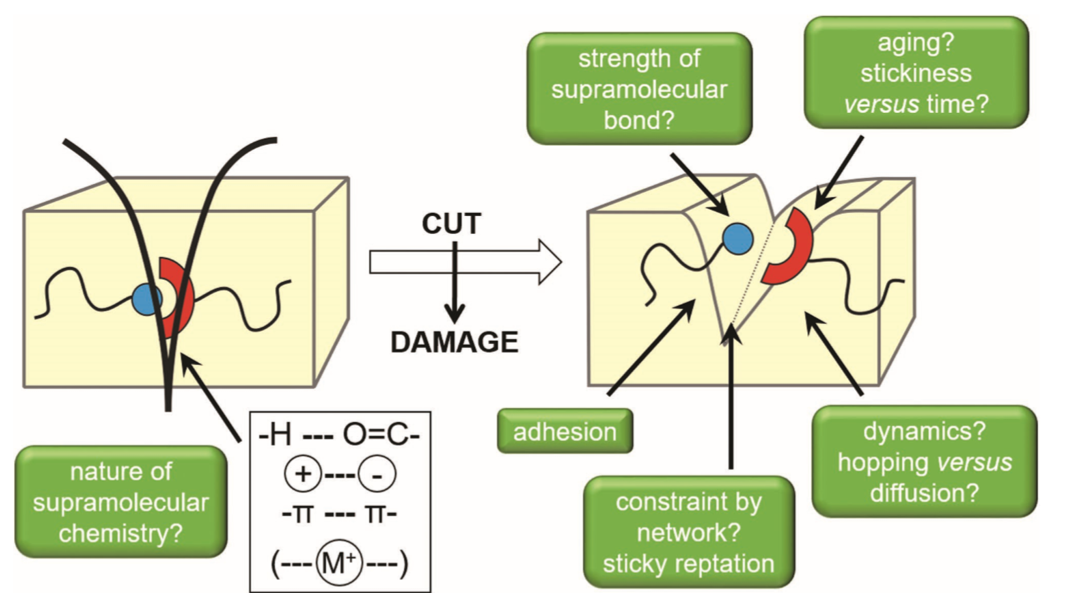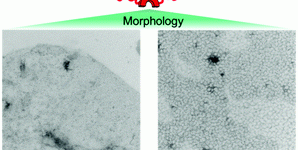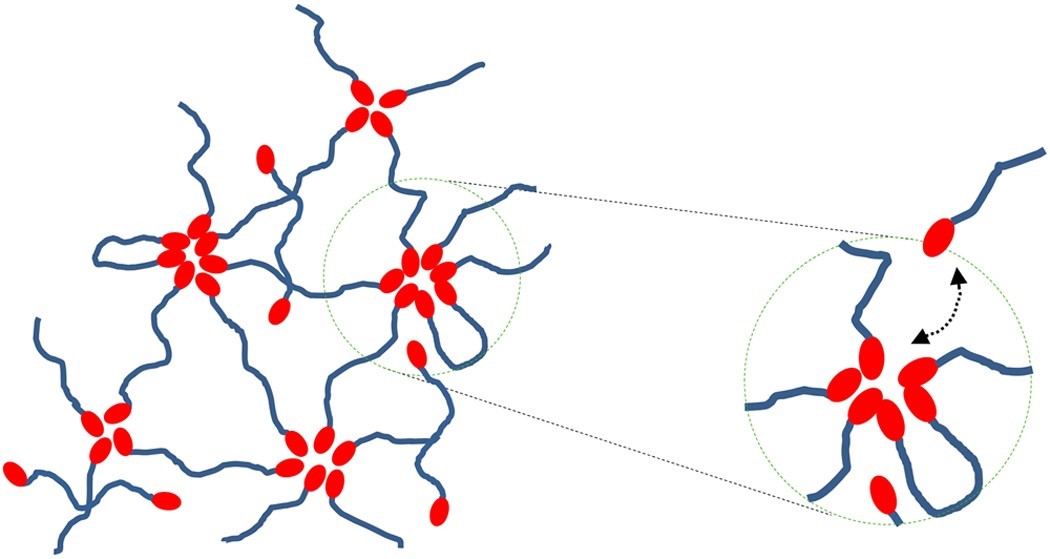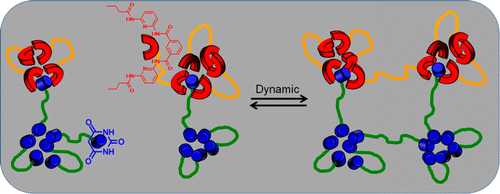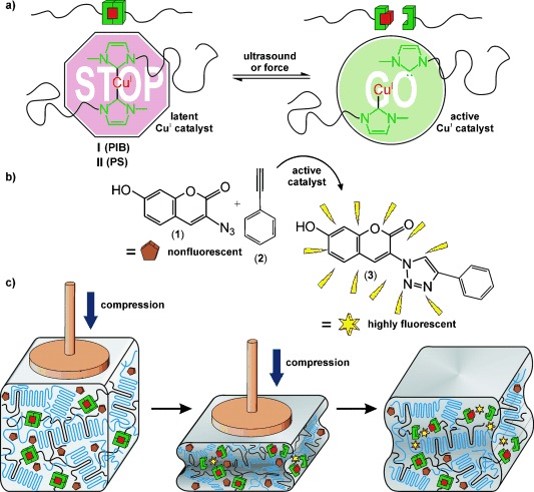Mechanochemical Activation of Fluorogenic CuAAC “Click” Reactions for Stress-Sensing Applications.
Michael, P., et al. Macromolecular Rapid Communications 2018, 1800376, DOI: https://doi.org/10.1002/marc.201800376.
Strategies for visualizing stress within polymeric materials are of growing interest during the past decade. Stress-sensing materials, triggered by a mechanoresponsive catalytic system based on latent copper(I)bis(N-heterocyclic carbene) mechanophores, are reported. The activation for network-based mechanocatalysts, observing “click” conversions up to 44%, while chain-extended and linear mechanocatalysts activate is detected. The developed catalysts enable “irreversible” mechanochromic systems for stress-sensing devices. Reproduced with permission. Copyright 2018©, WILEY-VCH Verlag GmbH & Co. KGaA, Weinheim.


